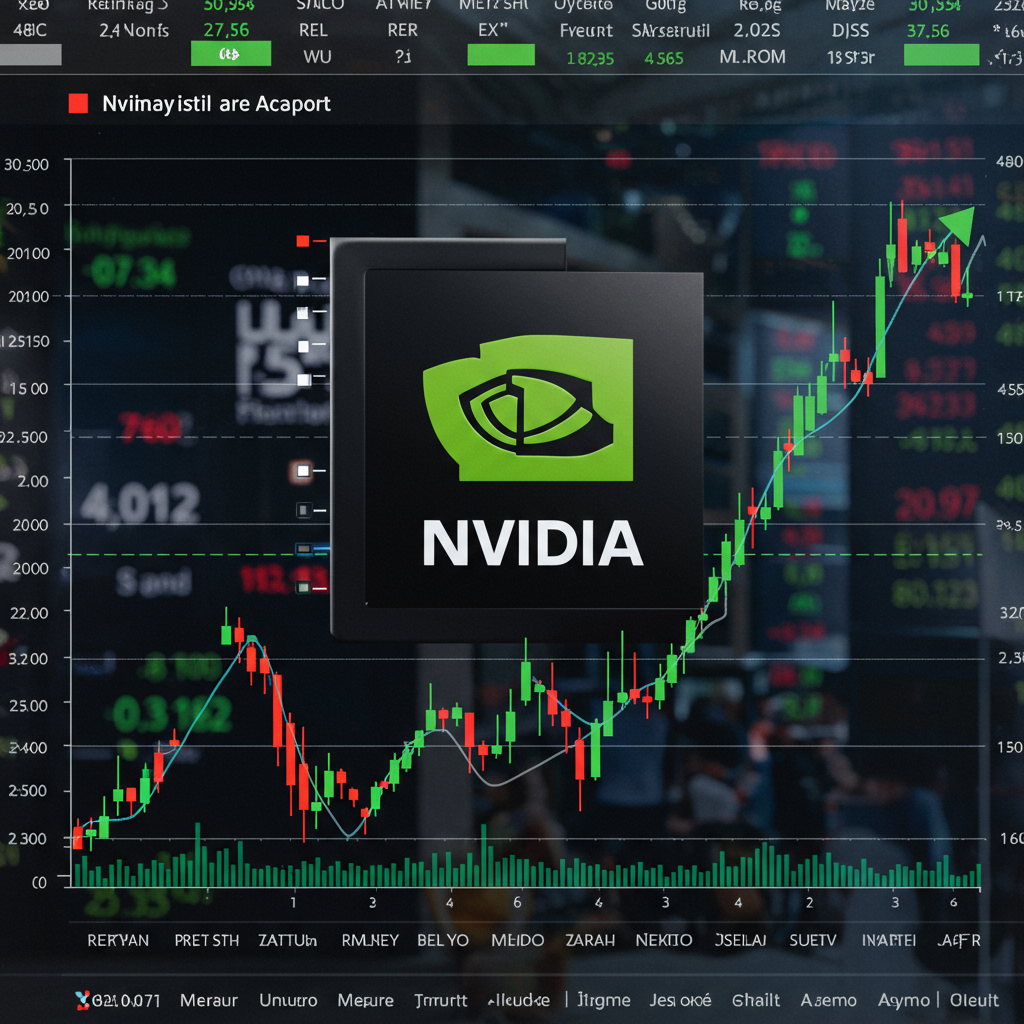Global oil markets reacted dramatically as tensions in the Middle East escalated sharply following reports of Israeli strikes on targets in Iran. The price of crude oil, a vital commodity influencing everything from fuel at the pump to grocery costs, saw an immediate surge, triggering volatility across financial markets worldwide.
Oil Jumps as Supply Fears Intensify
The international benchmark, Brent crude futures, initially jumped by more than 10% in the wake of the news – the largest increase seen since 2022. This pushed prices to their highest level since January, briefly exceeding $75 a barrel. While the price eased slightly from its peak, Brent crude still closed the day significantly higher, gaining over 7% to trade around $74.23 to $74.40 a barrel. The U.S. benchmark, West Texas Intermediate (WTI) crude oil, mirrored the move, rising approximately 7.5% to $73.12 a barrel, after an even sharper jump overnight.
Traders and analysts swiftly attributed the spike to deep concerns over potential disruptions to oil supplies from the energy-rich Middle East region. Any conflict involving major producers like Iran carries significant risks for global energy flows.
Despite this recent sharp rise, it’s worth noting that current oil prices remain more than 10% lower than they were at the same time last year. They are also well below the peaks witnessed in early 2022 following Russia’s invasion of Ukraine, when prices soared past $100 a barrel, briefly nearing $130.
Wider Market Impact: Stocks Fall, Safe Havens Rise
The ripple effects of the geopolitical tension extended far beyond the oil market. Global stock markets registered broad declines. Indices across Asia and Europe fell, with Japan’s Nikkei closing down 0.9% (or 1.3% depending on the specific timeframe cited) and the UK’s FTSE 100 ending 0.39% to 0.4% lower. On Wall Street, major indices also finished down, including the Dow Jones Industrial Average falling by around 1.8%, the S&P 500 by 0.69% to 1.1%, and the Nasdaq composite by 1.3%.
Specific sectors were particularly affected. Airline stocks, sensitive to rising fuel costs and potential disruptions to air travel due to airspace restrictions, saw declines, with British Airways owner IAG and easyJet experiencing notable share price drops. Conversely, defense contractors like BAE Systems, Lockheed, Northrop Grumman, and RTX saw their shares rise amidst expectations of increased military spending. Oil companies such as BP and Shell also benefited from the surge in crude prices, seeing their stock values climb.
In contrast to falling stocks, assets perceived as “safe havens” during times of uncertainty gained ground. Gold, a traditional store of value, rose significantly, reaching its highest level in nearly two months, trading between $3,423.30 and $3,434 an ounce, close to its April record high. The Swiss franc also strengthened, and yields on government bonds like 10-year US Treasury notes fell as investors sought less risky assets.
The Crucial Strait of Hormuz: A Key Risk Factor
At the heart of concerns about supply disruption is the Strait of Hormuz. This narrow waterway, bordered by Iran to the north and Oman and the UAE to the south, connects the Persian Gulf with the Arabian Sea. It is one of the world’s most critical maritime choke points, through which approximately one-fifth (or nearly 20%) of the world’s total oil supply passes daily. It’s also vital for the transport of liquified natural gas (LNG) and other commodities.
Analysts highlight that Iran could potentially target infrastructure or shipping in this strait in an extreme scenario, which could severely impact global energy markets and the wider economy. Fears exist within the maritime industry that sustained conflict could lead to a de facto closure, impacting container ships bound for Gulf ports, necessitating costly rerouting around the Cape of Good Hope, increasing congestion, and spiking freight rates. The possibility of tankers becoming “symbols of tension” underscores the economic leverage inherent in controlling key transport routes.
Analyst Outlook: Volatile but Extreme Scenarios Unlikely for Now
Experts describe the current situation as “explosive” and a “risk-on reaction.” They emphasize that energy traders will be closely watching how the conflict evolves in the coming days. The potential outcomes range from a quick de-escalation, similar to previous exchanges, to a broader conflict that could significantly disrupt supply.
Some analysts project that targeted attacks on Iran’s oil production and export facilities could push Brent crude prices into the $80-$100 a barrel range. However, many analysts remain cautious about predicting sustained, extreme price surges. They note that a sharp price spike could encourage other major oil producers like Saudi Arabia and Brazil to increase output, helping to cap the rise. Furthermore, while the risk is elevated, a complete closure of the Strait of Hormuz is often viewed as improbable for now, partly because Iran itself relies on maintaining oil sales, particularly to China.
Most experts believe that barring such severe escalations, oil prices are likely to stabilize after the initial surge. Some long-term forecasts, such as Goldman Sachs’ projection for WTI around $55 a barrel by year-end, reflect this view that prolonged major disruption is not the most likely scenario.
Potential Impact on Inflation and Consumers
The cost of crude oil directly affects the price consumers pay for fuel. While it’s too early to say exactly what impact the latest price jump will have on petrol prices, a general estimate suggests that a $10 rise in the price of oil could translate to an increase of roughly 7 pence per litre at the pump.
Beyond fuel, higher energy costs can feed into inflation more broadly, affecting the production and transport costs of goods, including food. Economists warn that a significant and sustained rise in energy prices could add to inflationary pressures at a challenging time for the global economy. Estimates suggest that every $10 increase in oil prices could add about half a percentage point to the inflation rate, and a return to $120 oil could push Consumer Price Index (CPI) growth significantly higher.
However, analysts stress that this widespread inflationary effect requires oil prices to remain high over a sustained period, which, as noted, is not considered the most probable outcome if tensions do not escalate further. Past episodes of Middle East instability have sometimes seen market reactions subside relatively quickly if the situation de-escalates.
In summary, the recent exchange between Israel and Iran triggered immediate and significant volatility in global oil and financial markets, driven primarily by fears of supply disruption from the Middle East, particularly regarding the crucial Strait of Hormuz. While the situation remains fluid and carries risks, many analysts currently believe the most severe disruption scenarios, like a prolonged closure of the Strait, are unlikely, suggesting that prices may stabilize if tensions do not spiral further. The key factor determining the lasting impact on prices and inflation will be the trajectory of the conflict in the days and weeks ahead.



